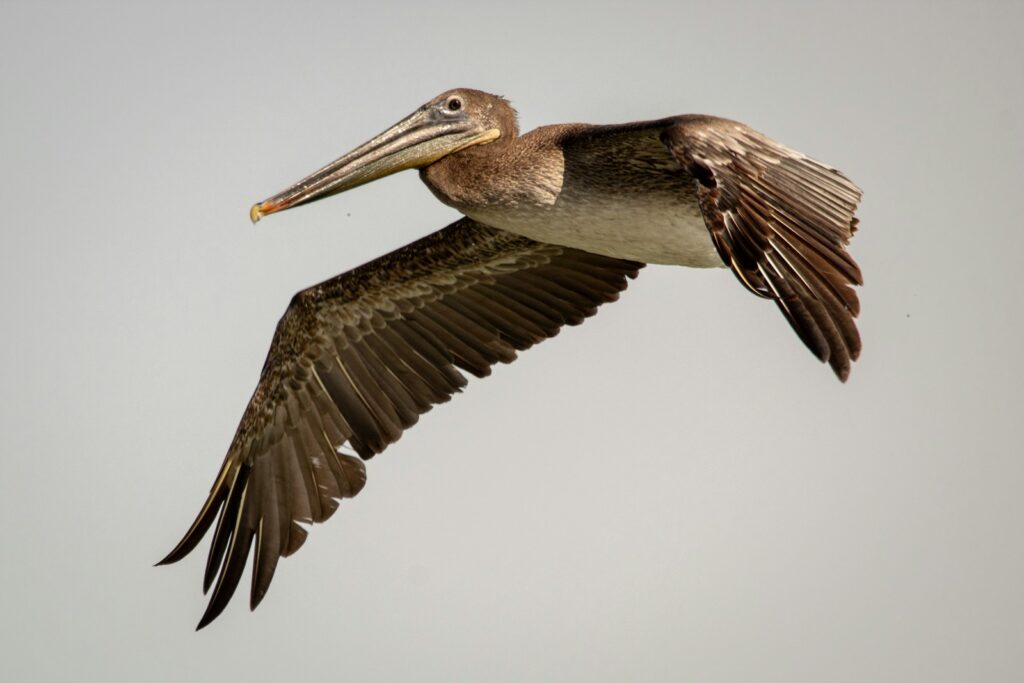Picture this: a world where massive dinosaurs ruled the earth, their thunderous footsteps shaking ancient forests. But high above their heads, something extraordinary was happening. Small, feathered creatures were preparing to make one of evolution’s most audacious leaps – from ground-dwelling runners to masters of the sky. This wasn’t just any ordinary transformation. It was a revolutionary moment that would forever change the course of life on Earth, setting the stage for modern birds and reshaping entire ecosystems.
The Prehistoric Stage Was Set
The Jurassic period, spanning from about 201 to 145 million years ago, created the perfect conditions for one of evolution’s most remarkable experiments. Warm, humid climates covered much of the planet, creating lush forests filled with towering conifers and sprawling fern prairies. Carbon dioxide levels were significantly higher than today, fueling explosive plant growth that supported diverse ecosystems.
This wasn’t just a time of giant sauropods and fearsome predators. The Jurassic world was teeming with smaller creatures that would prove crucial to the story of flight. Insects buzzed through the air in unprecedented numbers, creating an abundant food source that would eventually lure earthbound hunters skyward. The stage was perfectly set for evolution’s next big gamble.
When Dinosaurs First Sprouted Feathers
Long before anyone dreamed of flight, feathers began appearing on dinosaur bodies for entirely different reasons. These early feathers weren’t the flight-ready structures we know today – they were simple, hair-like filaments that probably helped with temperature regulation and display. Think of them as nature’s first experiment with this revolutionary new material.
Fossil evidence from China has revealed dinosaurs like Sinosauropteryx, a small theropod covered in primitive feathers that looked more like fuzzy down than flight equipment. These creatures couldn’t fly, but they were unknowingly laying the groundwork for one of evolution’s greatest innovations. Their feathers helped them stay warm during cool nights and probably made them more attractive to potential mates.
The transition from simple filaments to complex feathers happened gradually over millions of years. Each small change provided some advantage, whether it was better insulation, more effective display, or improved aerodynamics during quick escapes from predators.
The Mysterious Archaeopteryx Emerges
Enter Archaeopteryx, arguably the most famous transitional fossil ever discovered. This crow-sized creature lived about 150 million years ago and possessed an incredible combination of dinosaur and bird features. Its skeleton screamed “dinosaur” – complete with teeth, claws, and a long bony tail – while its feathers whispered “bird.”
The discovery of Archaeopteryx in German limestone quarries sent shockwaves through the scientific community. Here was undeniable proof that birds had evolved from dinosaurs, bridging a gap that had puzzled researchers for decades. Its asymmetrical flight feathers were remarkably similar to those of modern birds, suggesting it could indeed fly, though probably not with the grace and efficiency we see today.
What made Archaeopteryx truly special wasn’t just its ability to fly, but its position as a perfect evolutionary stepping stone. It retained enough dinosaur characteristics to clearly show its ancestry while displaying enough bird-like features to point toward the future. This creature was evolution’s rough draft of the modern bird.
The Biomechanics of Early Flight
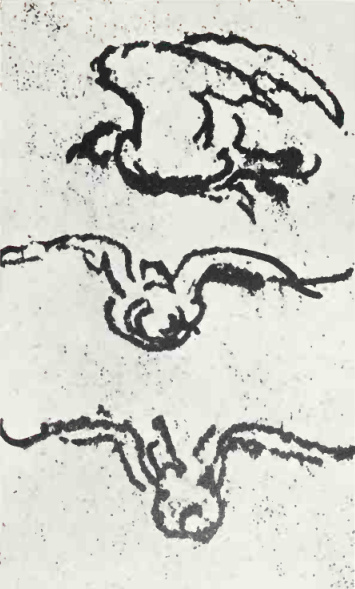
The physics of early flight were far more challenging than you might imagine. Archaeopteryx and its contemporaries faced the same aerodynamic principles that govern flight today, but their bodies weren’t yet perfectly adapted for the task. Their flight was probably more like controlled gliding punctuated by bursts of powered flight.
These early fliers had to overcome significant obstacles. Their bones were still relatively heavy compared to modern birds, and their flight muscles weren’t as developed. The breast bone, which serves as an anchor for powerful flight muscles in modern birds, was much smaller in these primitive aviators. Yet somehow, they managed to get airborne and stay there long enough to catch prey and escape predators.
The wing structure of these early birds reveals fascinating insights into how flight evolved. Their wings were relatively broad and rounded, similar to modern birds that live in forests and need to maneuver between trees. This suggests that early flight might have evolved in woodland environments where agility was more important than speed or efficiency.
Feather Evolution: Nature’s Engineering Marvel
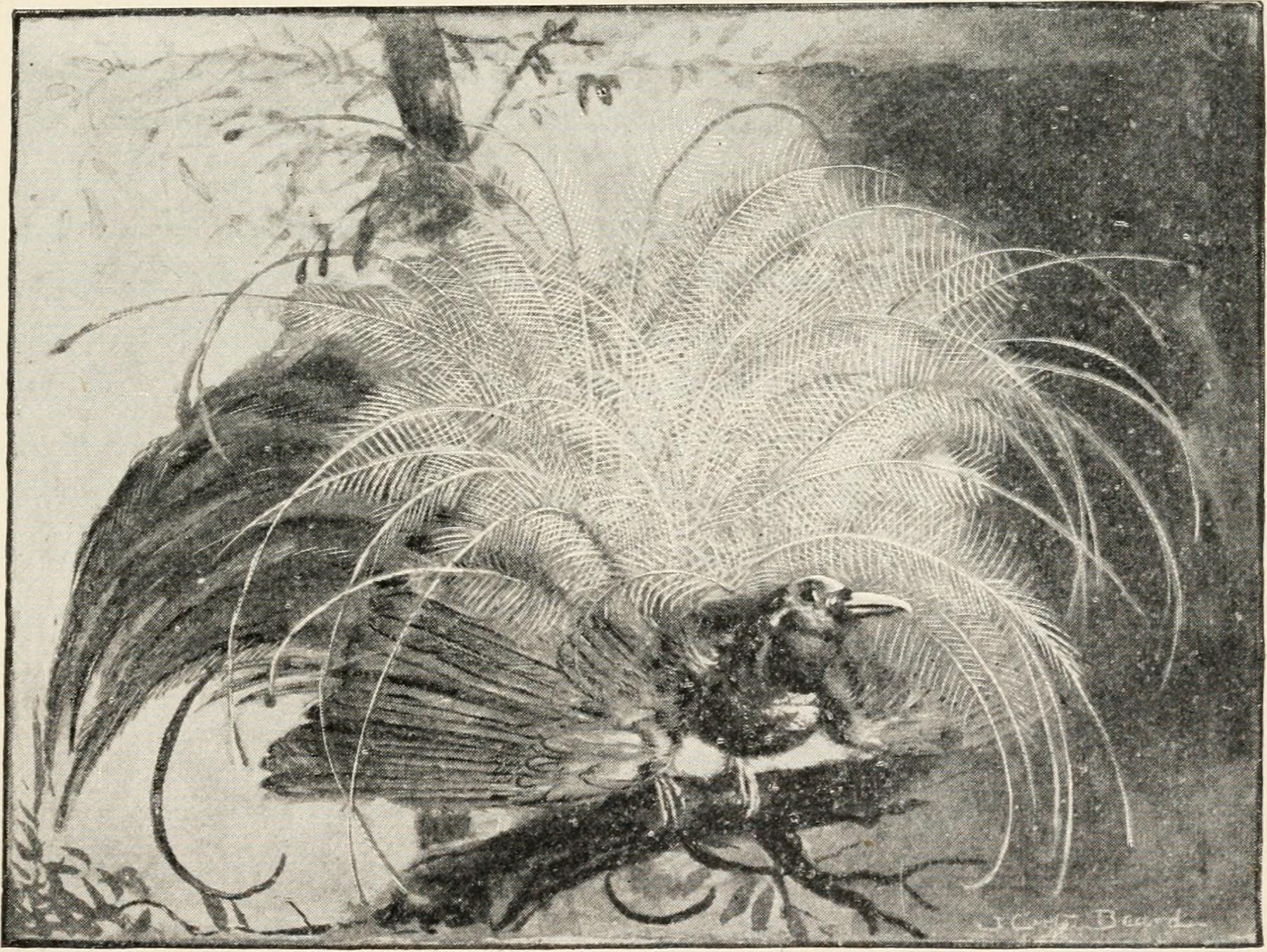
The evolution of feathers represents one of nature’s most sophisticated engineering achievements. Modern bird feathers are incredibly complex structures, with a central shaft supporting hundreds of barbs, each connected to neighboring barbs by tiny hooks called barbules. This intricate design creates a lightweight yet strong surface perfect for flight.
The journey from simple filaments to complex flight feathers required numerous intermediate steps. Early feathers were probably unbranched and served primarily for insulation. Over time, they developed branches, then the branches developed smaller branches, and finally, the hook-and-eye system evolved that allows modern feathers to zip together into a continuous surface.
Each step in this evolutionary process had to provide some advantage to the animal. Scientists believe that even partially developed feathers helped with temperature regulation, water repellency, and visual communication. The fact that we can trace this progression through the fossil record makes feather evolution one of the best-documented examples of gradual evolutionary change.
The Great Debate: Ground-Up vs. Tree-Down
How did flight actually begin? This question has sparked one of paleontology’s most enduring debates. Two main theories compete for dominance: the “ground-up” hypothesis suggests that flight evolved from fast-running dinosaurs that used their developing wings for extra lift and speed, while the “tree-down” theory proposes that flight began with gliding from elevated perches.
The ground-up theory paints a picture of small theropod dinosaurs using their feathered arms to help them leap higher and run faster while chasing prey or escaping predators. Gradually, these assisted leaps became longer and more controlled, eventually evolving into true flight. This theory is supported by the strong leg muscles found in early flying dinosaurs.
The tree-down theory, on the other hand, suggests that early birds were arboreal creatures that initially used their wings for gliding between trees. This approach to flight evolution is seen in many modern animals, from flying squirrels to gliding lizards. The debate continues because both theories have compelling evidence, and the truth might involve elements of both scenarios.
Jurassic Ecosystems: The Perfect Flight Laboratory

The Jurassic world provided an ideal testing ground for early flight experiments. Dense forests created a three-dimensional environment where the ability to move vertically provided significant advantages. Trees offered escape routes from ground-dwelling predators and access to new food sources like insects and early fruits.
Competition was fierce on the ground, with numerous predatory dinosaurs occupying every available niche. The sky represented virtually unexplored territory, offering both safety and opportunity for creatures brave enough to venture into it. Early fliers faced little aerial competition, allowing them to refine their flying abilities without immediate pressure from other flying predators.
The abundance of insects during the Jurassic period created a rich food source that could only be accessed by creatures capable of aerial pursuit. This created strong selective pressure favoring improvements in flight capability. Those early birds that could fly more effectively had access to food sources unavailable to their ground-bound relatives.
The Transformation of Body Structure

The transition from land to air required radical changes in body structure that went far beyond just growing feathers. The entire skeleton had to be reorganized to support the demands of flight. Bones became hollow to reduce weight while maintaining strength, a design principle that modern aircraft engineers still admire and emulate.
The shoulder girdle underwent dramatic modifications to accommodate the powerful muscles needed for flight. The sternum, or breastbone, expanded to provide attachment points for flight muscles, while the shoulder blades were repositioned to optimize wing movement. These changes happened gradually over millions of years, with each modification providing incremental improvements in flight capability.
Perhaps most importantly, the respiratory system evolved to meet the enormous oxygen demands of powered flight. Birds developed a unique system of air sacs that allows for continuous airflow through the lungs, providing much more efficient oxygen extraction than the mammalian lung system. This innovation was crucial for sustaining the high-energy demands of flight.
Predator-Prey Dynamics in Three Dimensions
The advent of flight fundamentally altered the predator-prey relationships that had existed for millions of years. Suddenly, escape was possible in three dimensions, and small dinosaurs that might have been easy prey on the ground could disappear into the canopy with a few wing beats. This created an evolutionary arms race that pushed both predators and prey to new levels of adaptation.
Ground-dwelling predators had to develop new strategies to catch flying prey. Some evolved longer necks and more powerful jumps, while others learned to hunt near water where flying creatures were most vulnerable. The interaction between flying and non-flying species created complex ecological dynamics that shaped the evolution of both groups.
The ability to fly also opened up new predatory opportunities. Early birds could hunt insects in flight, access nests in high places, and exploit food sources that were completely unavailable to ground-dwelling animals. This three-dimensional expansion of the ecosystem created new niches and opportunities that drove further evolutionary innovation.
The Role of Climate in Flight Evolution

Climate played a crucial role in shaping the evolution of flight during the Jurassic period. The warm, humid conditions created ideal circumstances for both the preservation of delicate feather fossils and the evolutionary processes that led to flight. Stable temperatures reduced the selective pressure for thick insulation, allowing feathers to evolve for other purposes.
The absence of polar ice caps meant that sea levels were much higher than today, creating a world of islands and coastal environments. This geography favored creatures capable of traveling between separated habitats, providing additional selective pressure for the evolution of flight. Early birds could colonize new territories and escape local environmental catastrophes more easily than their ground-bound relatives.
Seasonal variations in the Jurassic climate also influenced flight evolution. The ability to migrate to areas with better food supplies or more favorable conditions would have provided significant survival advantages. This mobility allowed early birds to exploit temporary food sources and avoid harsh environmental conditions that might have decimated non-flying populations.
Fossil Evidence: Windows into Ancient Skies
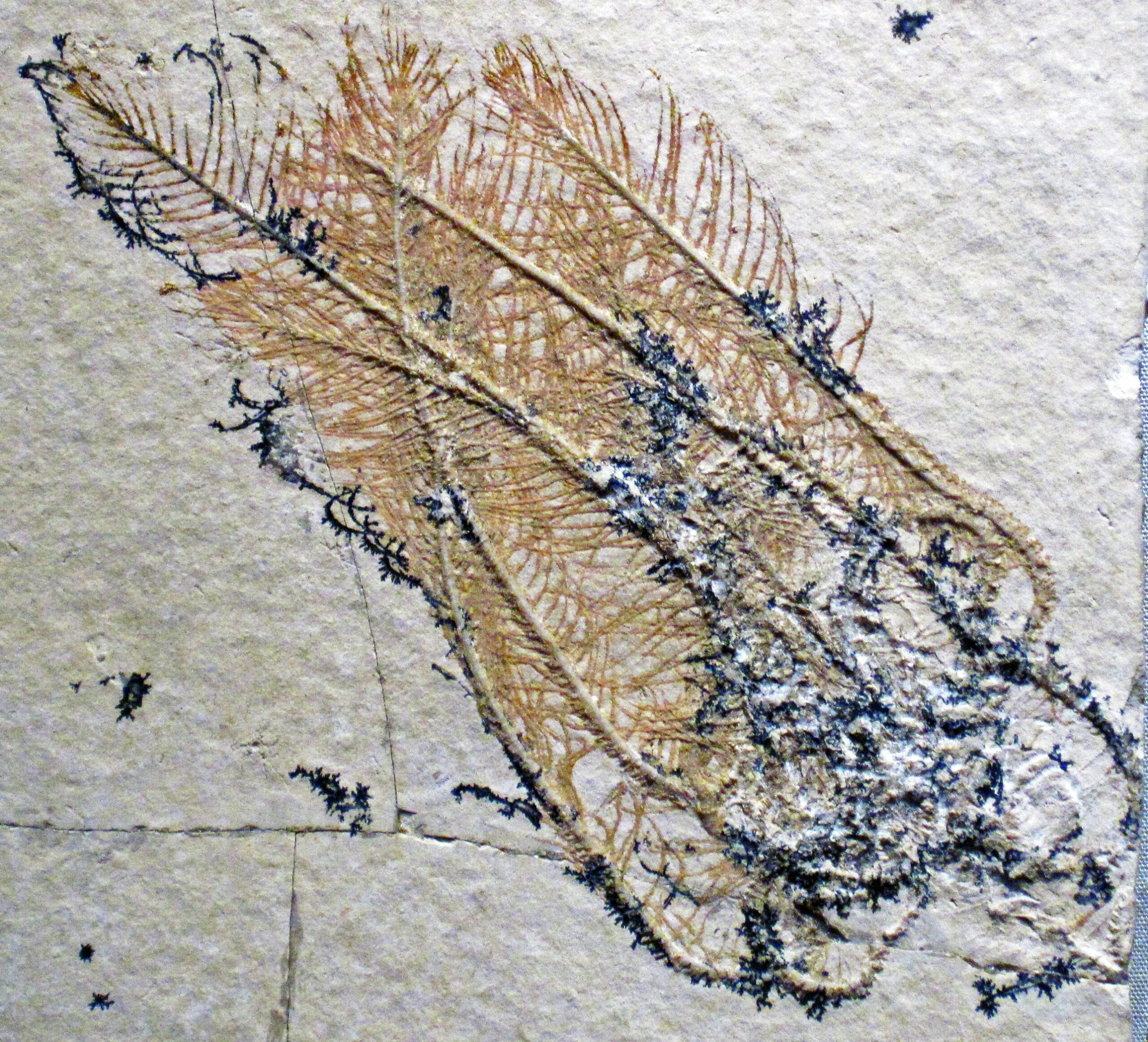
The fossil record of early flight has provided remarkable insights into this evolutionary transition, though it remains frustratingly incomplete. Each new discovery adds pieces to the puzzle, revealing the gradual nature of the transition from ground-dwelling dinosaurs to aerial masters. The preservation of feathers in certain fossil sites has been particularly valuable, showing us details that would otherwise be lost to time.
Chinese fossil sites have been especially productive, yielding specimens that show the full spectrum of feather evolution. From simple filaments to complex flight feathers, these fossils document the step-by-step progression that led to modern bird feathers. The level of detail preserved in some specimens is so extraordinary that individual barbules can be observed under microscopic examination.
However, the fossil record also has significant gaps that make it difficult to trace the exact pathway of flight evolution. Soft tissues rarely preserve well, and the delicate bones of early flying creatures are easily destroyed. This means that much of what we know about early flight comes from indirect evidence and careful analysis of the fossils that do survive.
Molecular Insights into Feather Development
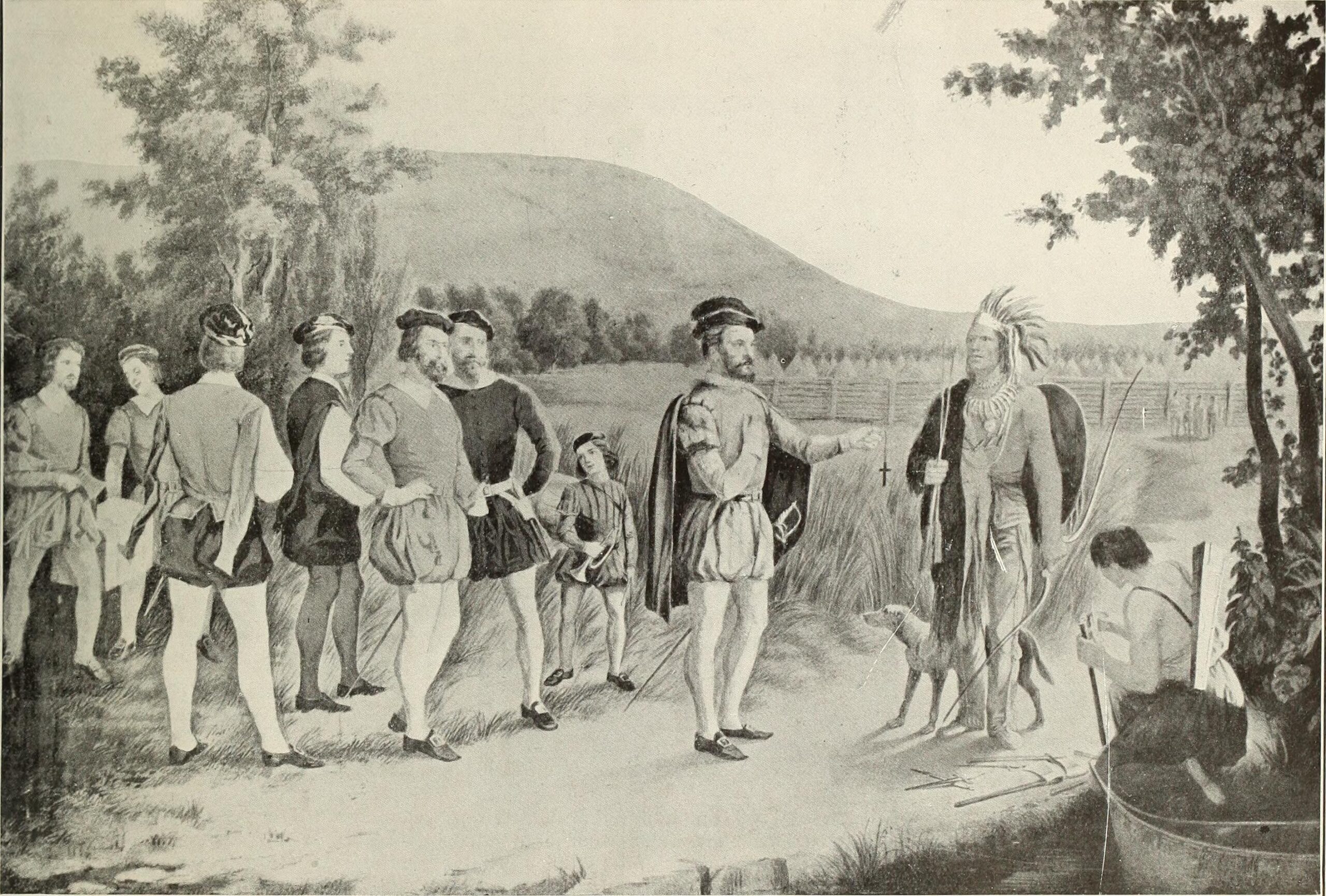
Modern molecular biology has provided new tools for understanding how feathers evolved, even when the fossil record is incomplete. By studying the genes that control feather development in modern birds, scientists can make educated guesses about how these structures evolved in ancient species. The genetic toolkit for feather formation is remarkably conserved across bird species, suggesting that the basic mechanisms evolved early and have been maintained ever since.
Research into the molecular basis of feather development has revealed that relatively small changes in gene expression can produce dramatic differences in feather structure. This suggests that the evolution of complex feathers from simple filaments might have required fewer genetic changes than previously thought. The same genes that control scale development in reptiles have been co-opted for feather formation in birds.
The discovery of melanosomes in fossil feathers has even allowed scientists to determine the colors of ancient birds. These microscopic structures, which contain pigments in modern birds, are sometimes preserved in fossils and can reveal whether an ancient bird was black, brown, or even iridescent. This adds a new dimension to our understanding of how these creatures looked and behaved.
The Ripple Effects of Flight Evolution
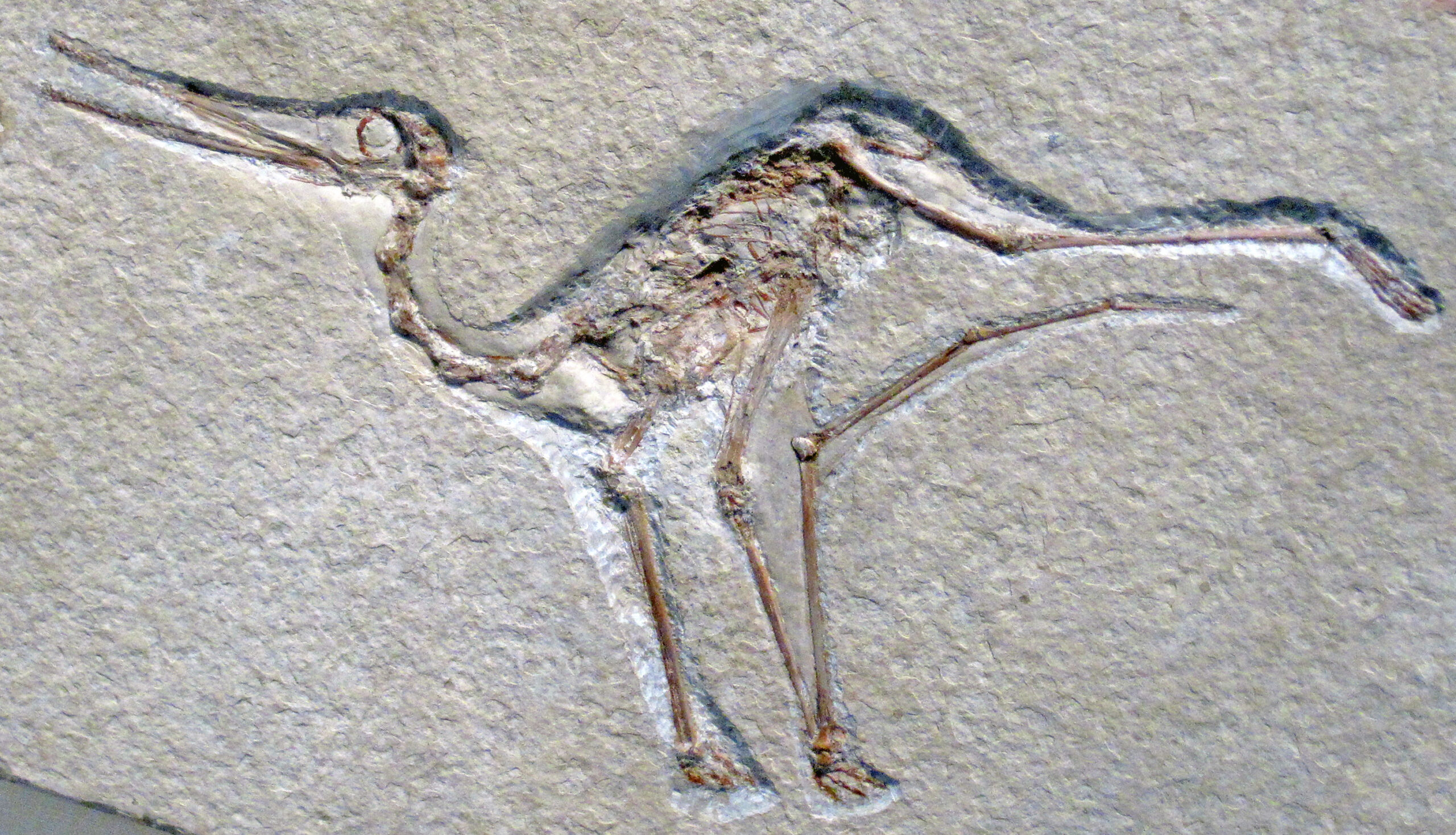
The evolution of flight during the Jurassic period had consequences that extended far beyond the flying creatures themselves. The ability to fly opened up new ecological niches and created opportunities for co-evolution with other species. Plants began to rely on flying creatures for seed dispersal, leading to the evolution of fruits and other structures designed to attract aerial visitors.
The success of early birds also influenced the evolution of other dinosaur groups. Some non-flying dinosaurs developed elaborate display structures, possibly in response to competition from their more mobile relatives. The presence of flying predators also created new selective pressures for ground-dwelling species, leading to the evolution of better camouflage and defensive strategies.
Perhaps most significantly, the evolution of flight established birds as one of the most successful vertebrate groups on Earth. Their ability to exploit aerial niches allowed them to survive the mass extinction event that ended the dinosaur era and to diversify into the thousands of species we see today. The Jurassic leap from feathers to flight literally changed the course of life on Earth.
Modern Implications and Future Discoveries
The study of early flight evolution continues to yield insights that are relevant to modern technology and conservation efforts. Understanding how nature solved the challenges of flight has inspired innovations in aircraft design, from the development of more efficient wing shapes to the creation of new materials that mimic the properties of feathers.
Conservation biologists also draw lessons from the evolution of flight when working to protect modern bird species. The complexity of the evolutionary process that led to flight highlights the importance of preserving genetic diversity and maintaining the ecological conditions that allow for continued evolution. Every species lost represents millions of years of evolutionary innovation that can never be recovered.
Future discoveries will undoubtedly continue to refine our understanding of how flight evolved. New fossil sites are being discovered regularly, and advances in imaging technology are revealing details in existing specimens that were previously invisible. The story of the Jurassic evolutionary leap from feathers to flight is far from complete, and each new chapter adds depth to our appreciation of this remarkable transformation.
The journey from the first feathered dinosaurs to the masters of the sky represents one of evolution’s most audacious experiments. What began as simple temperature regulation in small theropods ultimately transformed into the complex, efficient flight systems we see in modern birds. This transformation required millions of years of gradual change, with each step building upon the previous one to create something entirely new. The Jurassic period provided the perfect laboratory for this evolutionary experiment, with its warm climates, abundant food sources, and three-dimensional forest environments creating ideal conditions for the development of flight. The success of this transition fundamentally altered Earth’s ecosystems and established birds as one of the most successful vertebrate groups on the planet. Today, as we watch birds soar effortlessly through the sky, we’re witnessing the culmination of an evolutionary process that began with the first dinosaur to sprout a simple feather. What other impossible leaps might evolution have in store for us?

